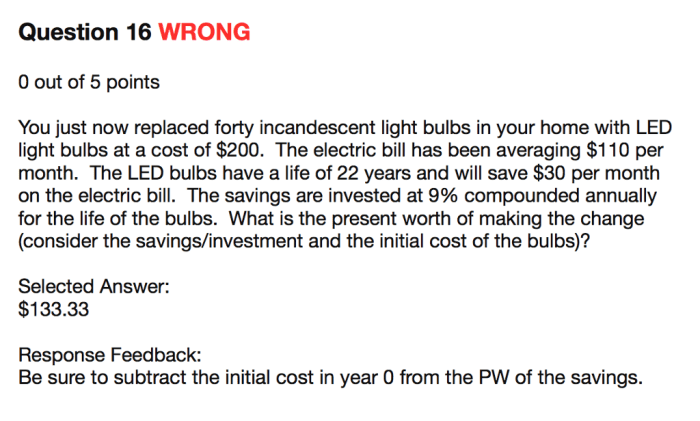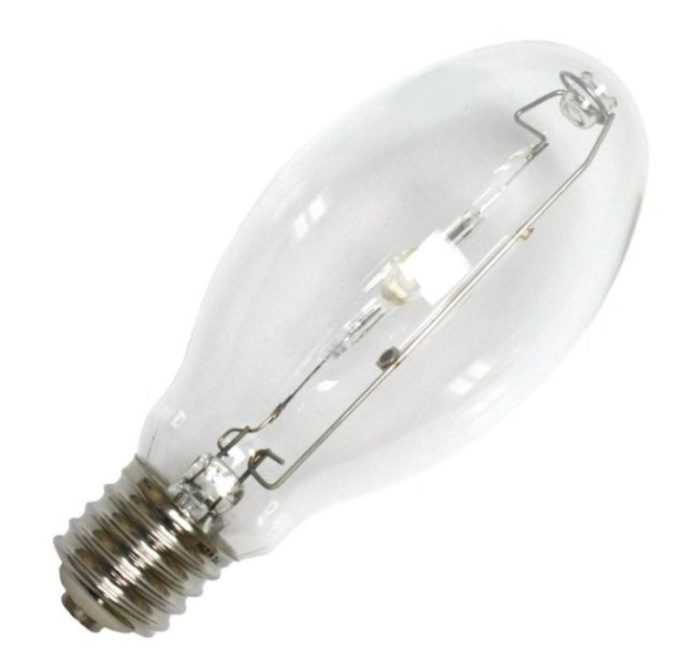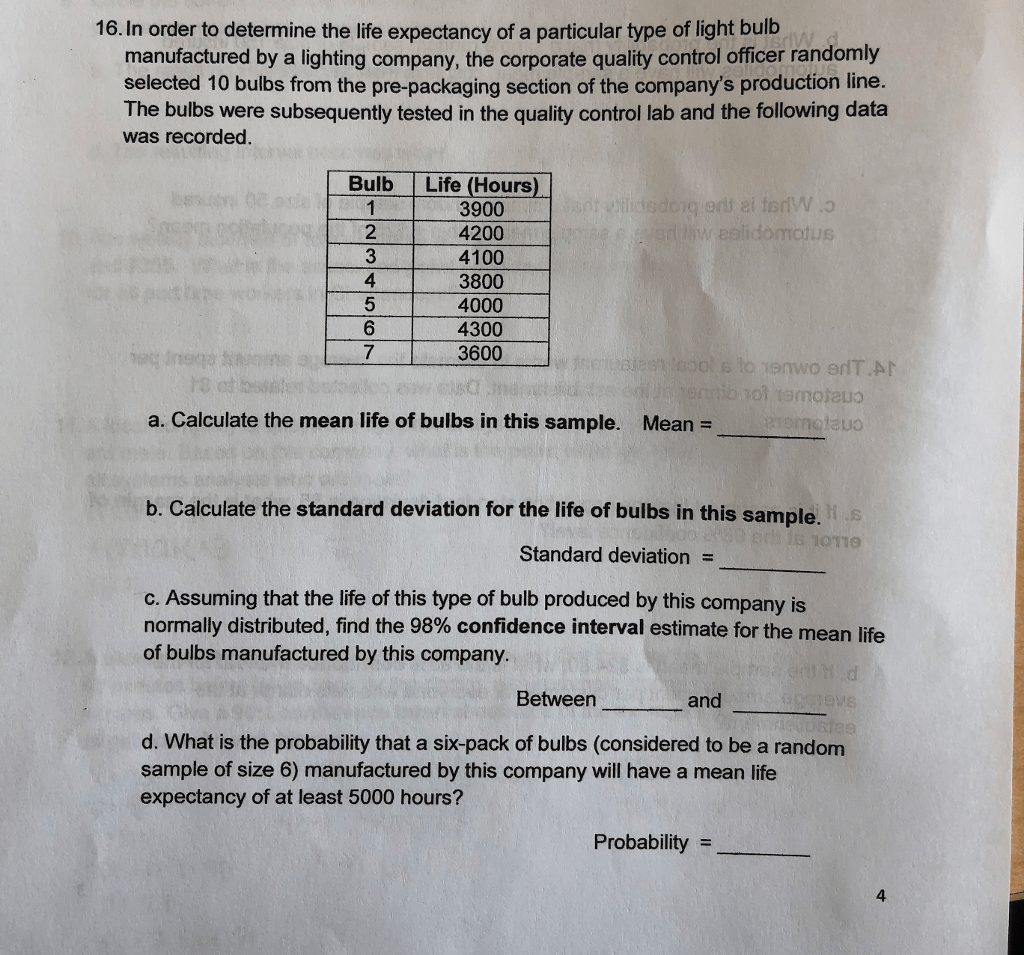Bulbs manufactured after november 30 2003 contain no mercury – Effective November 30, 2003, the manufacturing of light bulbs containing mercury was prohibited. This groundbreaking initiative marked a significant milestone in environmental protection and public health, ushering in a new era of illumination characterized by the absence of this hazardous substance.
This article delves into the history of mercury use in bulbs, explores the manufacturing process of mercury-free bulbs, and examines the environmental and health benefits associated with their widespread adoption.
History of Mercury Use in Bulbs

Mercury has been used in light bulbs since the early 20th century. Mercury vapor inside the bulb emits ultraviolet light, which is then converted into visible light by a fluorescent coating on the inside of the bulb. Mercury-containing bulbs have been widely used due to their long lifespan and energy efficiency.
However, concerns about the environmental and health risks associated with mercury have led to increasing regulations and bans on its use in bulbs.
Timeline of Regulations and Bans on Mercury Use in Bulbs
- 1976: The United States Environmental Protection Agency (EPA) banned the manufacture of mercury-containing light bulbs for residential use.
- 1990: The European Union (EU) banned the sale of mercury-containing light bulbs for general lighting.
- 2008: The United States Congress passed the Energy Independence and Security Act, which included a provision to phase out the use of mercury-containing light bulbs by 2014.
- 2013: The EU banned the sale of all mercury-containing light bulbs, except for a few specialized applications.
Mercury-Free Bulb Manufacturing

Mercury-free bulbs use different technologies to produce light without the use of mercury. These technologies include:
- Incandescent bulbs:These bulbs use a heated filament to produce light. Incandescent bulbs are less energy-efficient than other types of bulbs, but they are also the least expensive.
- Compact fluorescent lamps (CFLs):CFLs use a fluorescent coating to convert ultraviolet light into visible light. CFLs are more energy-efficient than incandescent bulbs, but they contain a small amount of mercury.
- Light-emitting diodes (LEDs):LEDs use a semiconductor to produce light. LEDs are the most energy-efficient type of bulb, and they do not contain any mercury.
Advantages and Disadvantages of Mercury-Free Bulbs, Bulbs manufactured after november 30 2003 contain no mercury
Mercury-free bulbs offer several advantages over mercury-containing bulbs:
- They do not contain mercury, which is a hazardous substance.
- They are more energy-efficient than incandescent bulbs.
- They have a longer lifespan than incandescent bulbs.
However, mercury-free bulbs also have some disadvantages:
- They are more expensive than incandescent bulbs.
- CFLs contain a small amount of mercury, which can be released if the bulb is broken.
- LEDs can emit blue light, which can be harmful to the eyes.
Impact of Mercury-Free Bulbs

The use of mercury-free bulbs has had a significant positive impact on the environment. Mercury is a toxic substance that can damage the nervous system, kidneys, and lungs. By reducing the use of mercury-containing bulbs, we can help to protect human health and the environment.
According to the EPA, the phase-out of mercury-containing light bulbs in the United States has resulted in a reduction of mercury emissions by over 90%. This has helped to improve air quality and reduce the risk of mercury exposure to humans and wildlife.
Comparison of Mercury and Mercury-Free Bulbs

| Characteristic | Mercury Bulbs | Mercury-Free Bulbs |
|---|---|---|
| Mercury content | Contains mercury | Does not contain mercury |
| Energy efficiency | Less energy-efficient | More energy-efficient |
| Lifespan | Shorter lifespan | Longer lifespan |
| Cost | Less expensive | More expensive |
Overall, mercury-free bulbs offer several advantages over mercury-containing bulbs, including improved energy efficiency, longer lifespan, and reduced environmental impact. However, mercury-free bulbs are also more expensive than mercury-containing bulbs.
Future of Lighting Technology
The future of lighting technology is bright, with new and innovative technologies emerging all the time. One of the most promising areas of research is the development of organic light-emitting diodes (OLEDs). OLEDs are thin, flexible displays that can be used to create a variety of lighting applications, including flat-panel televisions, computer monitors, and even light bulbs.
OLEDs have several advantages over traditional lighting technologies, including:
- They are more energy-efficient.
- They have a wider color gamut.
- They are thinner and more flexible.
OLEDs are still in the early stages of development, but they have the potential to revolutionize the lighting industry.
Clarifying Questions: Bulbs Manufactured After November 30 2003 Contain No Mercury
Are all bulbs manufactured after November 30, 2003 mercury-free?
Yes, all light bulbs manufactured in the United States after November 30, 2003, are required to be mercury-free.
What are the benefits of using mercury-free bulbs?
Mercury-free bulbs offer numerous benefits, including reduced environmental impact, improved air quality, and decreased health risks associated with mercury exposure.
How can I dispose of mercury-containing bulbs safely?
Mercury-containing bulbs should be disposed of properly at designated hazardous waste collection sites. Never dispose of them in regular trash or recycling bins.